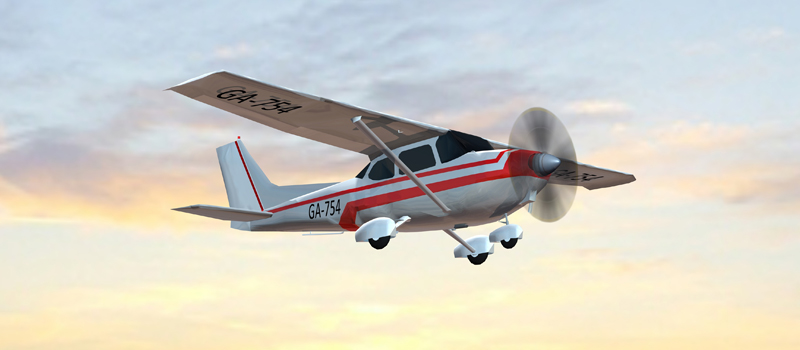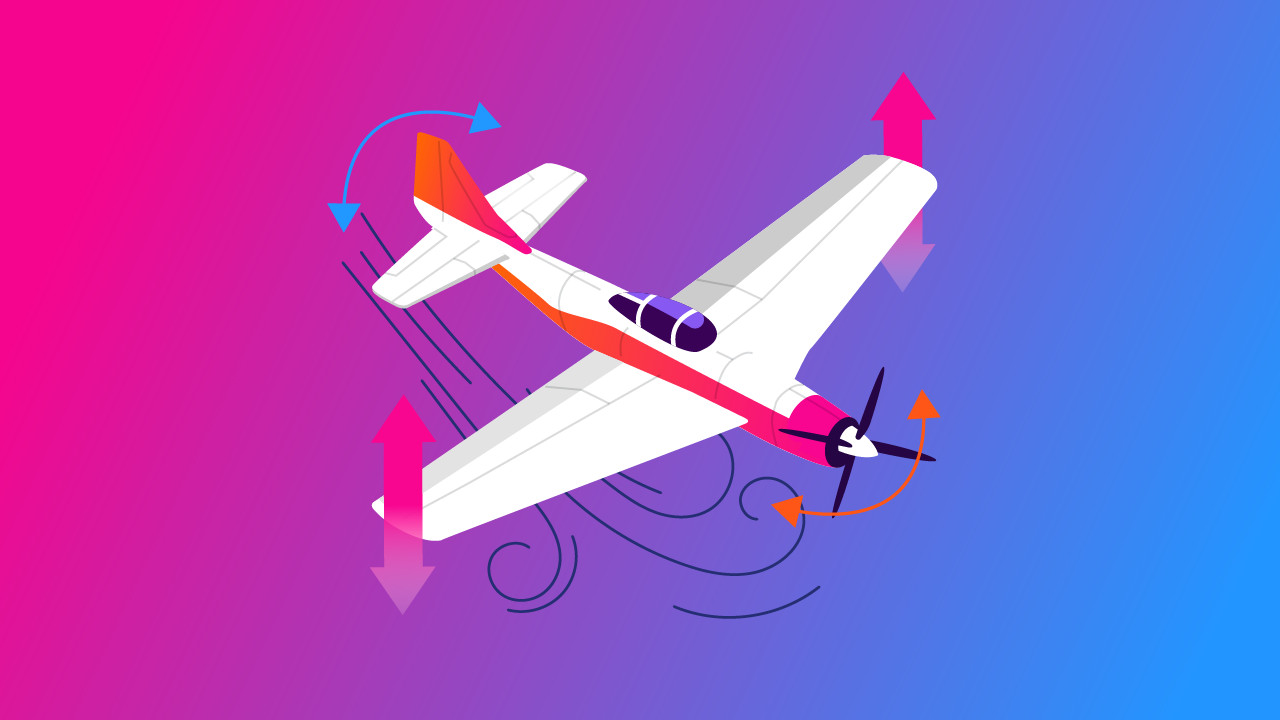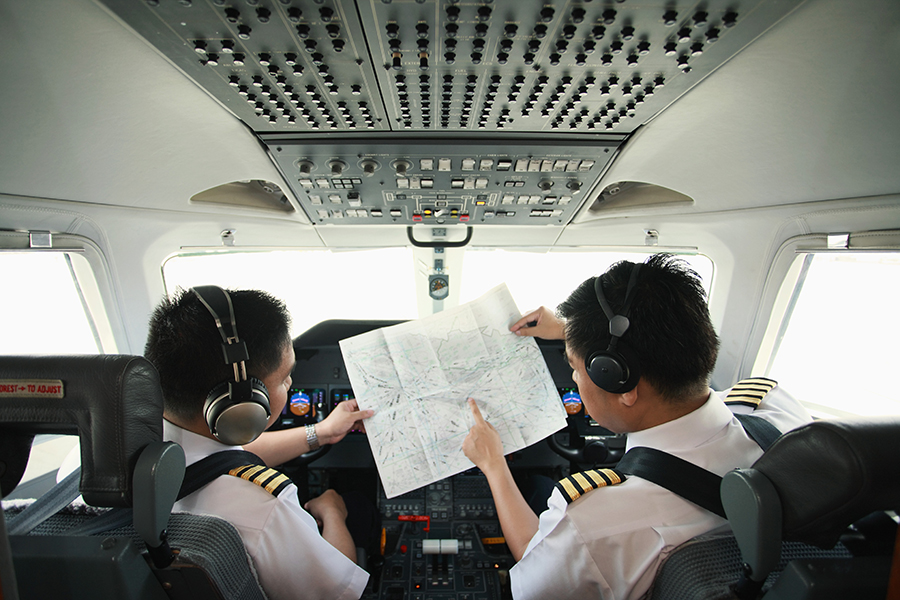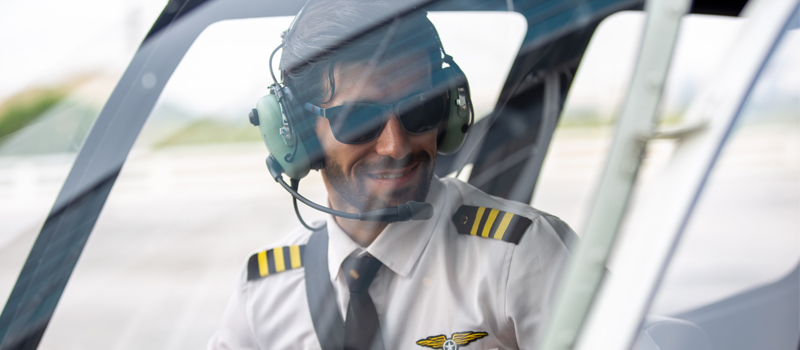-
FAA Definition of an Ultralight
-
Do You Need a Pilot's License to Fly an Ultralight?
-
Where and for What Purposes Can You Fly an Ultralight?
-
Are Ultralights Safe?
-
What are the Advantages and Disadvantages of Ultralights, Compared to Conventional Light Aircraft?
-
What About Two-Seater Ultralights?
-
And Finally....Are Ultralights Fun to Fly?
The term ‘Ultralight’ is often misused. It always refers to a very small light aircraft, but the exact definition depends to a large extent on where you live. In many countries the terms ‘ultralight’ and ‘microlight’ are used interchangeably, and even in the US there is a lot of confusion as to what kind of flying machine is actually an ultralight. But in fact, an ultralight in the US has a very specific definition and very definite rules relating to its operation.
So what exactly is an ultralight? Do you need any type of pilot’s license to fly one, and what restrictions are placed on them? Are they cheap and fun to fly, and perhaps most importantly, are they safe?
We will now take a look at the answers to all these types of questions…
FAA Definition of an Ultralight
The FAA definition of an ultralight aircraft is governed by FAR part 103, which states exactly what type of aircraft can be called an ultralight…
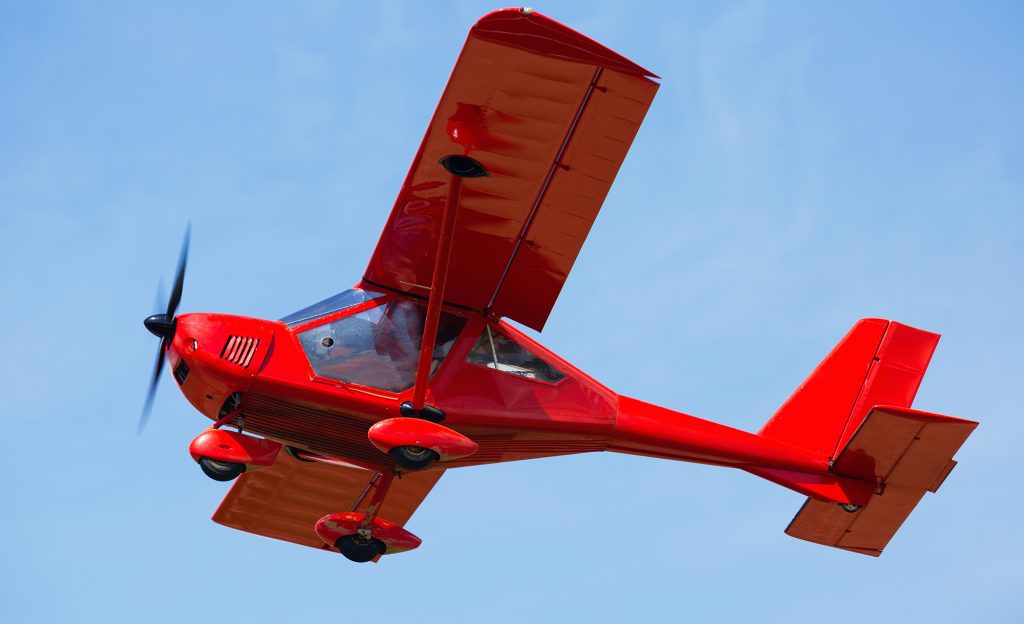
An ultralight has only one seat, is only used for sport or recreational flying, and does not have a US or foreign airworthiness certificate.
Ultralights can be powered or unpowered. If unpowered, they should weigh less than 155 pounds. If powered, they weigh less than 254 pounds empty, have a fuel capacity not exceeding 5 US gallons, are not capable of a speed above 55 knots at full power in level flight, and have a power off stall speed which does not exceed 24 knots.
As will be clear from this definition, there will be many small aircraft flown for fun which cannot actually be defined as ultralights.
Do You Need a Pilot’s License to Fly an Ultralight?
No pilot’s license or aviation medical is required to fly an ultralight. This might appear to make them exceedingly attractive to many people. However, it is really not a good idea to just buy an ultralight and take it up in the sky and fly it, without any kind of knowledge or training. Ultralights may look simple, but any aircraft is a complicated machine requiring knowledge and skill to fly it safely.
The United States Ultralight Association (USUA) strongly advises anyone planning on taking up ultralight flying to obtain some instruction from a certified ultralight flight instructor. This even applies to people who already hold a private pilot’s license. This is because ultralights are very different from other aircraft, and have their own flying characteristics that pilots of conventional aircraft may well not be aware of.
However, even if you have no previous flight experience, the USUA claims that you will required far fewer instructional hours to learn to fly an ultralight than you would to fly well enough to obtain a private pilot’s license. The average is likely to be between 10 and 20 hours, as opposed to the 40+ hours needed for a PPL.
Where and for What Purposes Can You Fly an Ultralight?
The FAA places a number of restrictions on the operation of ultralights. They can only be used for sport and recreational use, and only during daylight hours. They must be flown by a single person – which should be obvious since they are single seat aircraft! They cannot be flown over congested areas, ie towns and cities, and operations in controlled airspace and restricted areas always require prior permission. All other aircraft have right of way over ultralights, and they must always be flown using visual references, which means they are a good weather type of aircraft. There is no such thing as an instrument rating for an ultralight!.
These might seem fairly restrictive to some people. However, if you are planning on flying purely for fun, the restrictions are unlikely to present major problems.
Are Ultralights Safe?
Being so small, ultralights might look dangerous, and perhaps this is why at one time they developed a reputation for not being safe to fly. But the facts present a somewhat different picture. In fact, ultralights are not responsible for many fatal accidents, and really cannot be described as dangerous.
Having said that, ultralights, like any aircraft, are only as safe as the builders and operators who make them, and also the pilots who fly them. This is the reason for the strong recommendations to undertake training from an ultralight instructor before taking to the skies in your own ultralight..
However, in general, lower speeds, lighter vehicle weights, and the recreational nature of ultralight flying results in greater inherent safety. When accidents do occur, the causes are similar to those of all other aviation accidents, with lack of instruction and human error being the main reasons.
The conclusion is clear. Ultralights, if flown sensibly, are no more dangerous than any other type of aircraft.
What are the Advantages and Disadvantages of Ultralights, Compared to Conventional Light Aircraft?
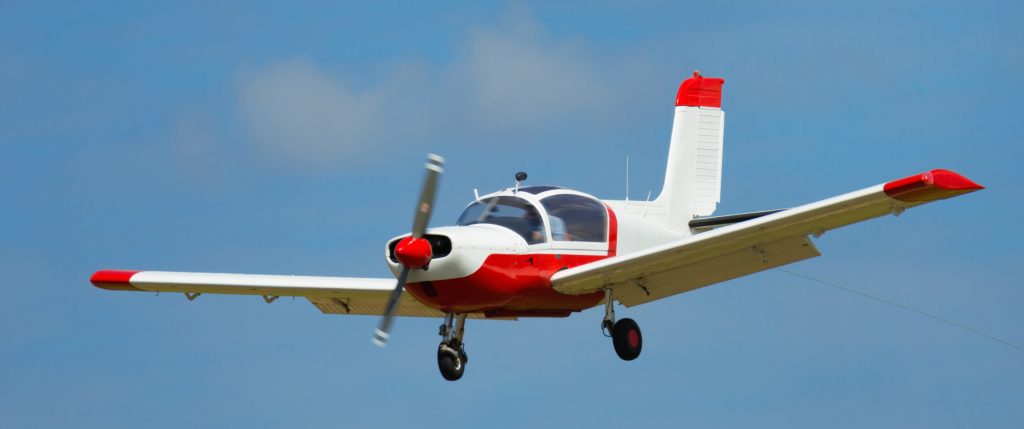
For many people, the main advantages of ultralights are that there are fewer rules and restrictions concerning their operation. Not needing a license or a medical certificate means that individuals who struggle with exams, or who might find it difficult to get an aviation medical certificate (but can still fly an ultralight safely) are definitely a bonus for some people. So if you are wanting to fly purely for fun, ultralight flying might seem to be an easy way to get airborne, rather than undertaking the long and fairly onerous training towards a private pilot’s license.
The disadvantages, of course, are that ultralight pilots are restricted to flying ultralights for recreation and only in the daytime, plus the fact that they are single seater aircraft. If at some point in the future you want to do more with your flying, or take up passengers, you could find these restrictions to be a nuisance.
Many people think that ultralights will be significantly cheaper to fly than ordinary light aircraft. Of course the training will be cheaper, since you will not need all the hours of flying and ground school training which are required for the PPL. But flying an ultralight once you know how to do so is not necessarily cheaper than ordinary light aircraft flying, at least according to the USUA. So if low cost is your main reason for thinking about ultralight flying, maybe think again. You could perhaps be better off getting the less restrictive PPL.
What About Two-Seater Ultralights?
Two-seater ultralights do exist, but are only used for instructional purposes. To fly one you will need a regular recreational or private pilot’s license, and both the ultralight and the pilot will operate under different rules. You cannot just buy a two-seater ultralight and go and fly it!
And Finally….Are Ultralights Fun to Fly?
The answer is an unqualified yes! Pilots who fly ultralights tend to love them and have no desire to move on to any other type of aircraft. They like the ‘wind in your face’ experience, and the ability to fly ‘low and slow’ if you choose to do so. Ultralight flying is basic flying, just like in the dawn of aviation, pure ‘stick and rudder’ flying. Ultralights are described as being just pure, plain fun, and are quite addictive.
So why not find an ultralight instructor, take an introductory lesson, and find out if ultralight flying is for you.
